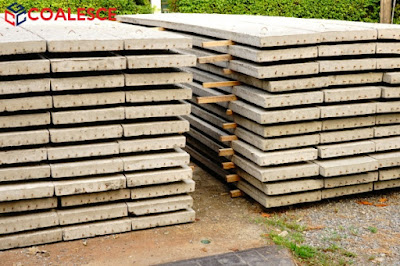Why Choose Concrete Slabs Brisbane for Your Home?

A concrete slab is a building foundation built of concrete that is typically 10-15 centimetres thick, with much thicker edges (up to 60 centimetres) to provide added strength around the perimeter. The concrete is poured onto a bed of stones on top of compacted soil. Concrete Slabs Brisbane are best suited to warm areas, where the earth is less likely to freeze and crack. In this blog, let us look at the reasons why we require concrete slabs in Australia: ● It helps preserve the air quality inside the house While certain foundations can harbour pollutants and other harmful bacteria, a concrete slab is not one of them. Because of its thick structure, dust mites, allergies, and mould spores have little room to thrive. Furthermore, concrete is free of toxic substances, making it suitable for all types of building construction. Unlike carpet flooring, which can influence indoor air quality, a polished concrete floor can sustain air quality since it is not prone to moisture p
